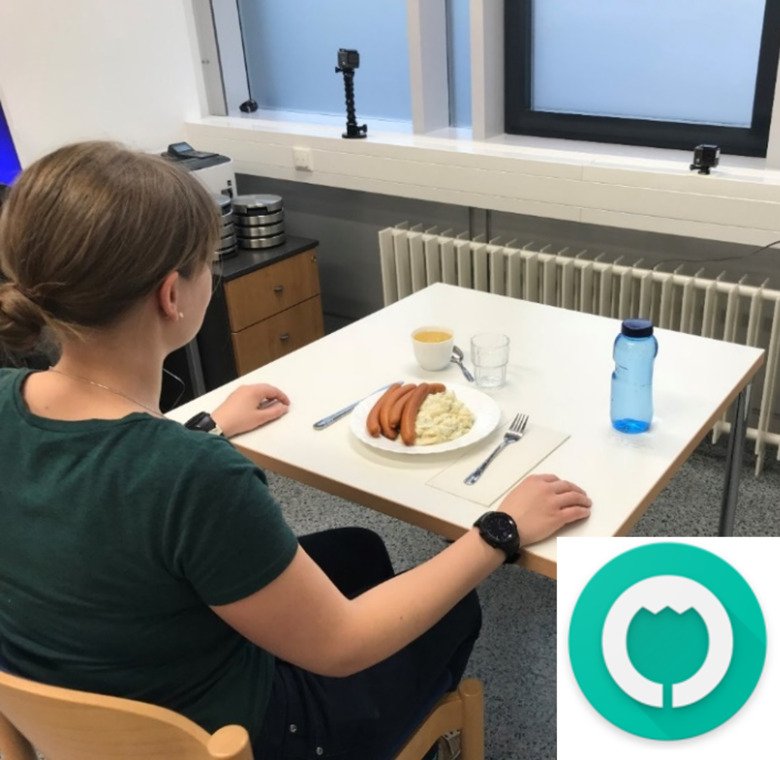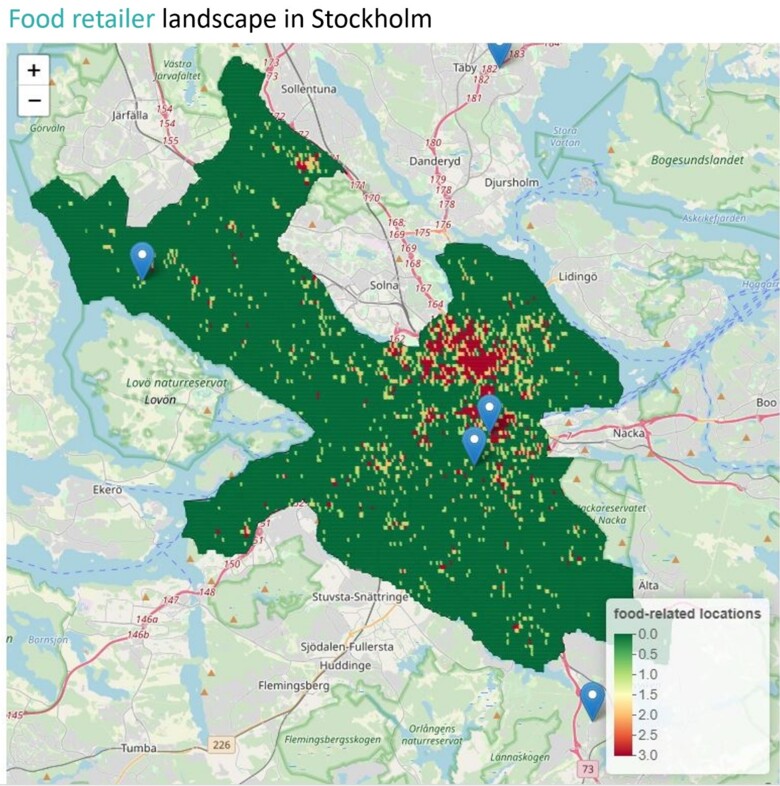Past EU Projects
Since 2012, we have used new technologies to measure behaviour and environmental context, mainly for eating and moving, mainly in student populations and in relation to school life. However, we have also been interested in other patient groups, in order to improve their quality-of-life and intervention outcomes (e.g. in Parkinson’s disease).
Work Unit Ioannis Ioakeimidis.
Our research in this Area focused on the quantification and modelling of eating and physical activity behaviours, measured through novel technologies at home, school and real-life environments. This goal has been supported by our experience in clinical research, in the fields of eating disorders and obesity, combined with behavioural science and translational research for health-related technologies. Our efforts have mainly been part of our involvement in three interdisciplinary, international EU projects:


The iPrognosis project
Read more about the iPrognosis project on our project pages here, and visit the iPrognosis website:

These involvements have allowed us to build a widespread network of collaboration with research engineer teams across Europe.
Our current efforts haver been focused on the development and the deployment of technology-assisted methodologies in real-life and clinical environments with focus on: a) prevention of obesity in children and adolescents (SPLENDID & BigO projects) and b) early behavioural diagnostics and quality of life improvements in the elderly (against Parkinson’s Disorder: iPrognosis project).
A significant segment of our work focused on school-based data collection actions, using smartwatches and smartphones, in order to identify obesogenic behaviours in student populations. Additionally, we have been working towards measuring and evaluating environmental context from the wider school areas, in order to study their association with the observed measurements. In general we are always exploring the potential of using such methodologies in other domains, measuring and evaluating health-related human behaviour in clinical/laboratory and real-life settings.
